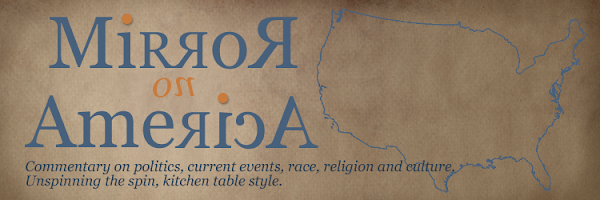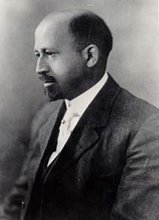In Mississippi, Poor Lag in Hurricane Aid
By LESLIE EATON
Published: November 16, 2007
GULFPORT, Miss., Nov. 14 — Like the other Gulf Coast states battered by Hurricane Katrina, Mississippi was required by Congress to spend half of its billions in federal grant money to help low-income citizens trying to recover from the storm.
But so far, the state has spent $1.7 billion in federal money on programs that have mostly benefited relatively affluent residents and big businesses. The money has gone to compensate many middle- and upper-income homeowners, to aid utility companies whose equipment was damaged and to prop up the state’s insurance system.
Just $167 million, or about 10 percent of the federal money, has been spent on programs dedicated to helping the poor, mostly through a smaller grant program for lower-income homeowners.
And while that total will certainly increase, Mississippi has set aside just 23 percent of its $5.5 billion grant money — $1.25 billion — for these programs. About 37 percent of the residents of the state’s coast are low income, according to federal figures.
Mississippi is the only state for which the Bush administration has waived the rule that 50 percent of its Community Development Block Grants be spent on low-income programs, according to the Department of Housing and Urban Development, which administers the program. It is also the only state to ask for such waivers.
State officials, from Gov. Haley Barbour on down, insist that the state does not discriminate by race or income when it hands out aid to storm victims.
“We feel like we have programs in place to address all walks of life,” said Gray Swoope, executive director of the Mississippi Development Authority, which administers the federally financed grant programs.
Any delays in spending money on low-income projects have been caused by the complexity of creating the projects, said Donna Sanford, director of the disaster recovery program for the development authority. The state, Ms. Sanford said, “has done everything that we can to keep it on track and moving as fast as possible to meet the needs of everyone.”
Nonetheless, resentment at being left out of Mississippi’s economic recovery has been stirring in poor communities along the coast, and nowhere more so than in this city, hit hard by Hurricane Katrina’s storm surge, where the state plans to spend $600 million of the federal money to repair and improve its shipping port.
Though the expansion will increase employment here, historically very few port jobs have gone to low-income residents.
Some critics contend that the main interest of state leaders in spending community development dollars is to help big businesses like shipbuilders and casinos and the port.
The state’s spending plan “moves business to the forefront and forgets about the people on the ground,” said Anthony Thompson, pastor at Tabernacle of Faith Ministries, whose spotless church (rebuilt by volunteers) is next to a moldering subsidized housing project that he says has not been touched since the storm.
In his mostly black neighborhood in west Gulfport, Mr. Thompson said, “I see a lot of people waiting on help; I see a lot of houses still damaged.”
State officials say that programs not limited to lower-income residents help them nevertheless.
And while that total will certainly increase, Mississippi has set aside just 23 percent of its $5.5 billion grant money — $1.25 billion — for these programs. About 37 percent of the residents of the state’s coast are low income, according to federal figures.
Rest of article is here
Not that this was any kind of surprise for me, but it's always good to get validation of what you actually suspect.
THIRTY SEVEN PERCENT of the residents are low income.
But, only TEN PERCENT of the money has gone to help low income residents.
I don't even need to tell what the color of those residents is, but that's just a 'coincidence.'.















No comments:
Post a Comment